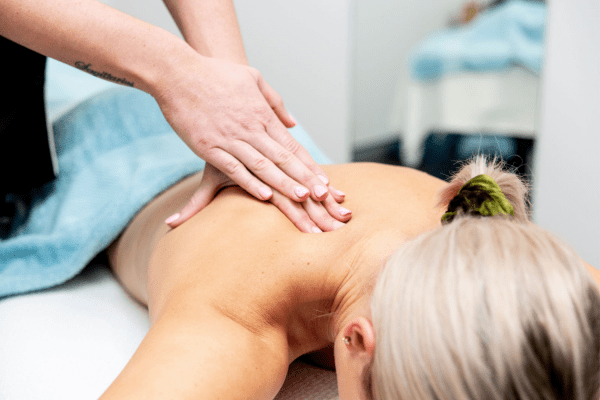During the early 1900s, there was no such thing as exercising during pregnancy. Women were kept in a state of confinement with prolonged bed rest being advocated. Fast forward 120 years and times have changed in regards to our belief system about exercise during pregnancy. Just look at how the likes of Michelle Bridges and Kayla Itsines, have continued to exercise through their pregnancies and had healthy, happy babies.
So how do you continue to exercise safely during pregnancy? The American College of Obstetrics and Gynecology (ACOG) is a leading professional body of physicians in the women’s health arena and they have this to say about exercise during pregnancy:
“Women with uncomplicated pregnancies should be encouraged to engage in aerobic and strength-conditioning exercises before, during, and after pregnancy. An exercise program that leads to an eventual goal of moderate-intensity exercise for at least 20–30 minutes per day on most or all days of the week should be developed.”
(ACOG, 2015, p. 4).
ACOG is a large organisation that developed a position statement released in 2015 and it is the most recent collated opinion on exercise in pregnancy by professionals. They recorded numerous benefits to exercise in pregnancy. These benefits include:
– Maintenance of physical fitness
– Weight management
– Reduces the risk of gestational diabetes
– Enhances physiologic wellbeing
(ACOG, 2015)
So what is moderate exercise?
The definition of moderate exercise will vary as each pregnant woman will have a different baseline level of physical fitness and different considerations depending on their health and the health of their baby. A quick self-check is called the talk test. During moderate exercise, a pregnant woman should be able to carry on a conversation with her exercise partner. If she can do this, she is likely not overexerting herself (ACOG, 2015). Although an upper level of safe exercise intensity has not been established, women who were regular exercisers before pregnancy and who have uncomplicated, healthy pregnancies should be able to engage in high-intensity exercise programs, such as jogging and aerobics, with no adverse effects (ACOG, 2015, p1).
The following are some examples of safe activities to initiate or continue
– Walking
– Swimming
– Stationary cycling
– Low impact aerobics
– Yoga (modified)
– Pilates (modified)
– Running or jogging
– Strength training
(ACOG, 2015)

Modified Physio Exercise Class for pregnant women at Physionorth.
So moderate exercise during pregnancies with no complications is a safe option for the majority of women. It will not only help you feel great, but it will assist with the process of birthing and your recovery after you have the baby.
Like all things related to pregnancy, it is important to follow the advice of health professionals such as your GP and obstetrician. A women’s health physiotherapist is also a fantastic resource, for giving you advice with regards to exercise and pregnancy.
If you have any questions regarding safe exercise and pregnancy, I would be more than happy to answer your questions. Call us on 4724 0768 for a free 10 min, over the phone consultation.
– Renee Baker, Women’s Health Physiotherapist, Physionorth.
If you would like to make an appointment with our resident women’s health physiotherapist, Renee, give one of our friendly team members a call on 4724 0768 or follow the link to book online (selecting ‘Women’s Health Initial Appt.’). https://physionorth.bookings.pracsuite.com


